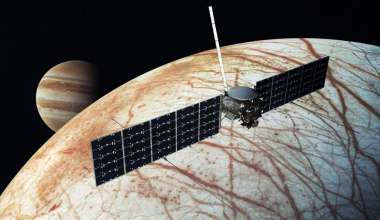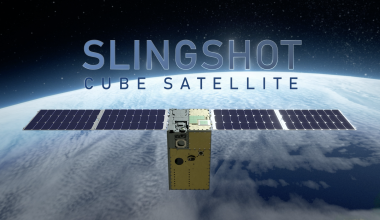When responding to natural disasters, every second counts because lives are on the line. Emergency rescuers often face the challenges of assessing vast swaths of destruction and chaos with minimal real-time intelligence to guide them.
Searching for survivors in rising floodwaters or the chaotic ruins of an earthquake takes days, as workers must navigate through hazardous, unknown environments.
The Aerospace Corporation aims to arm rescue crews with intelligent eyes in the sky. A team of engineers and scientists are designing unmanned aerial drones that can fly into damaged areas, visually identify survivors and relay that data back to first responders. Equipped with artificial intelligence programing, these disaster relief drones can help rescuers attain rapid situational awareness and reach areas that traditional response methods are unable to.
"We've all seen images from floods of people on their rooftops clutching their animals," said Alison Kremer, a Senior Engineering Specialist at Aerospace. "AI-enabled drones could penetrate difficult-to-reach disaster zones and tip off rescue personnel."
A feat of both hardware and software, the system utilizes a deep learning algorithm to detect people and dogs, and could be expanded to identify other objects in the future. This capability could turn needle-in-the-haystack searches into targeted extractions, saving time and lives.
The project is part of Aerospace’s innovation sabbatical program, which gives scientists and engineers the opportunity to spend 40 hours dedicated to solving a problem of their choice.









